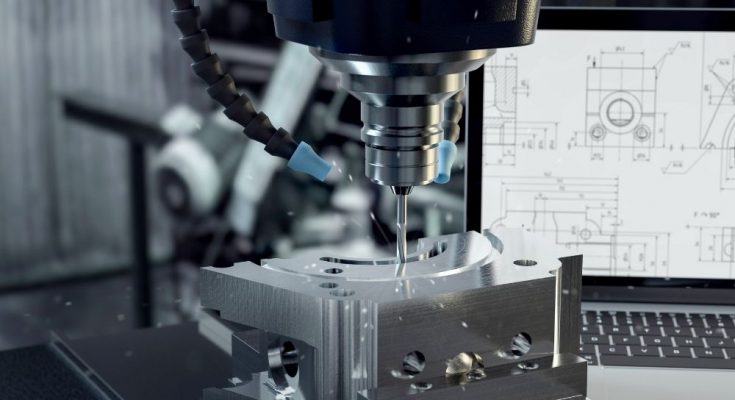When it comes to precision control in a manufacturing environment, few things are more important than computer numerical control (CNC) machines, other than perhaps selecting the software that provides instructions to those machines. That software determines the movements of the machinery and tools in a factory environment, streamlining the manufacturing process while making it safer and more efficient.
It’s a complex process, and there are multiple different types of CNC machines. Let’s take a look at some of the major ones, with an eye on understanding the most common types of CNC machines.
Milling Machines
CNC milling machines cut different materials, and they help determine what actions take place in a milling environment. These machines translate numbers embedded in programs to maneuver the spindle, and they use a language called G-code.
The major distinction of CNC milling machines is that they tend to be very large and costly. They come in a variety of axis configurations, depending on the tasks and the extent of the jobs they must perform.
Lathes
Lathes typically perform more precise applications than milling machines. They cut workpieces as they rotate, and they usually have fewer axes than CNC milling machines. Because of that, they’re smaller and more compact, but they can also read G-code, along with other proprietary computer languages.
Routers
CNC routers tend to be on the smaller side, and they cut a wide variety of materials, including steel and aluminum, various composites, wood, and industrial materials such as plastic and foam.
CNC routers perform tasks analogous to those of a mill, but on a much smaller scale. They can cut and produce items very quickly, which makes them highly valued. They can increase productivity and reduce waste.
Plasma Cutter
Plasma cutters generally cut heavy materials, the most obvious example being steel and other types of heavy metals. They use a plasma torch to do this, and these kinds of torches work by blowing gas from a nozzle at high speeds.
The plasma actually melts the material it cuts, and it’s hot and powerful enough to blow molten metal from the side of the cut. The one restriction of plasma cutters is that they can only work on materials with a two-dimensional shape.
Electrical Discharge Machine
These machines use a spark to shape a material into the desired shape. The charges remove material from a workpiece until what’s left is the correct shape, and the machine calculates the amount of charge that its electrodes must produce to get the final shape. The workers who use electrical discharge machines employ a very high level of expertise in understanding the most common types of CNC machines.
Selecting the right type of CNC machine for your operation can be a complex and even overwhelming task. Contact Mac-Tech with your questions, and we’ll help you narrow your choices to the options that are best for your shop.



